Vermont is home to six species of Cave Bats that hibernate in caves and mines during the winter. In Vermont winters, we have records of:
-
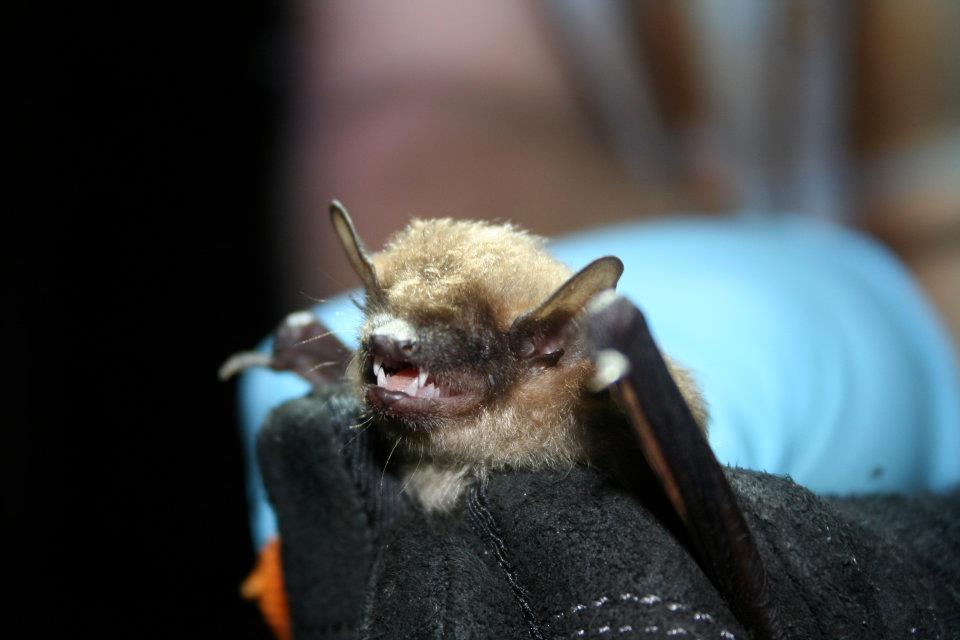 Big Brown Bat(Eptesicus fuscus)Not Threatened
Big Brown Bat(Eptesicus fuscus)Not Threatened -
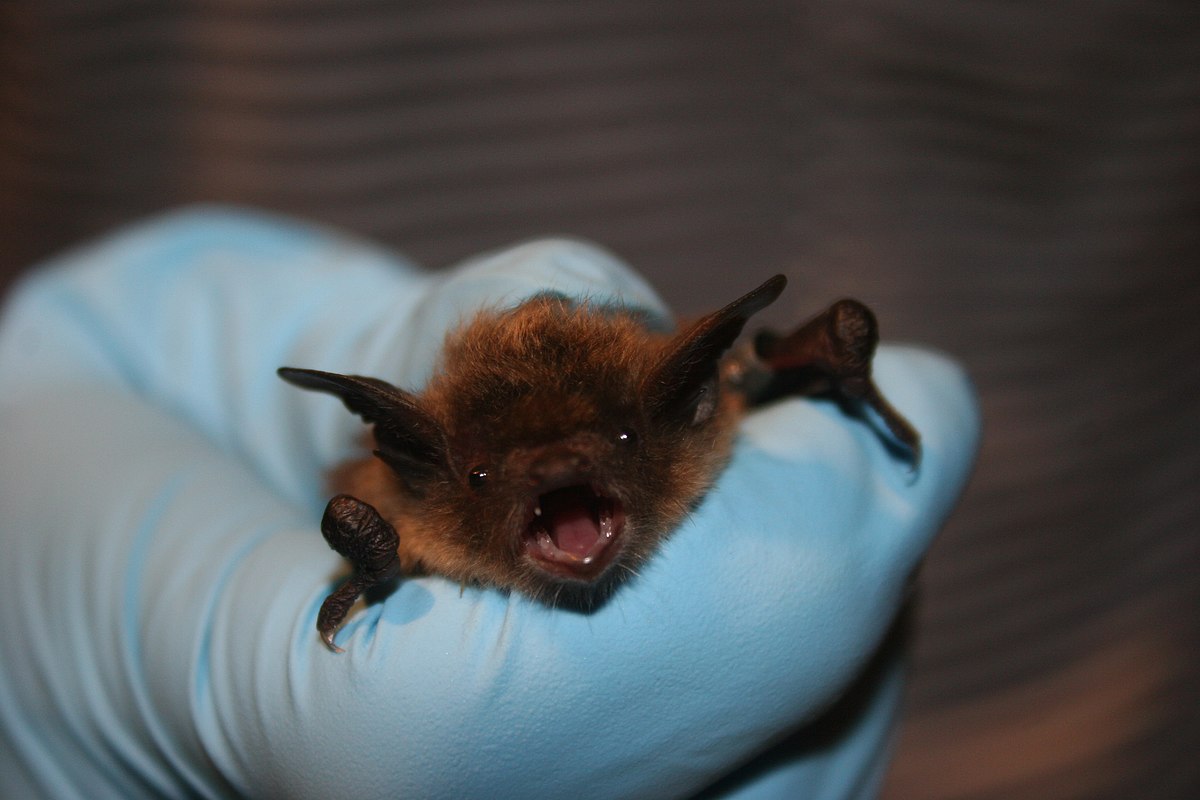 Little Brown Bat(Myotis lucifugus)State Endangered
Little Brown Bat(Myotis lucifugus)State Endangered -
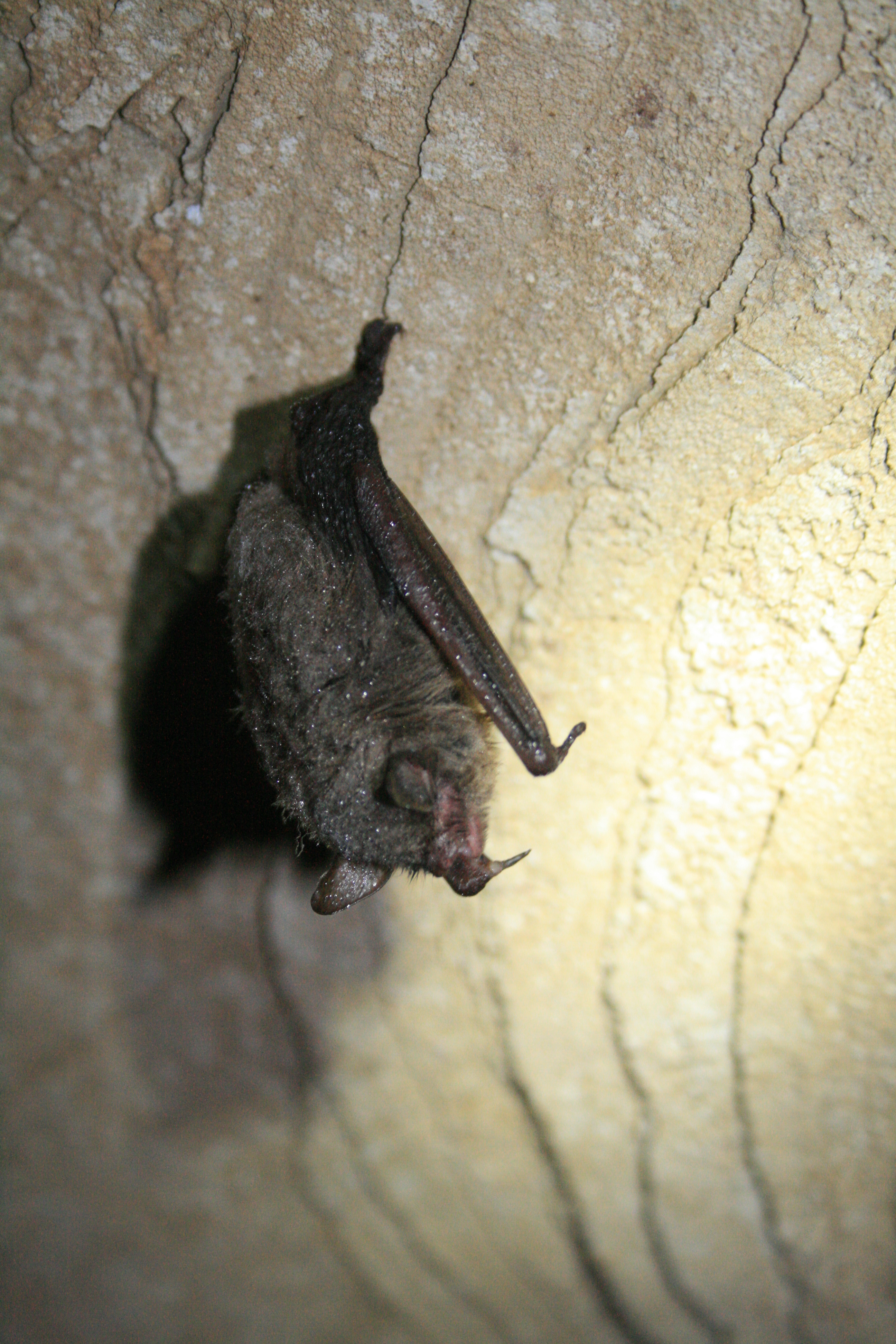 Indiana Bat(Myotis sodalis)Federally and State Endangered
Indiana Bat(Myotis sodalis)Federally and State Endangered -
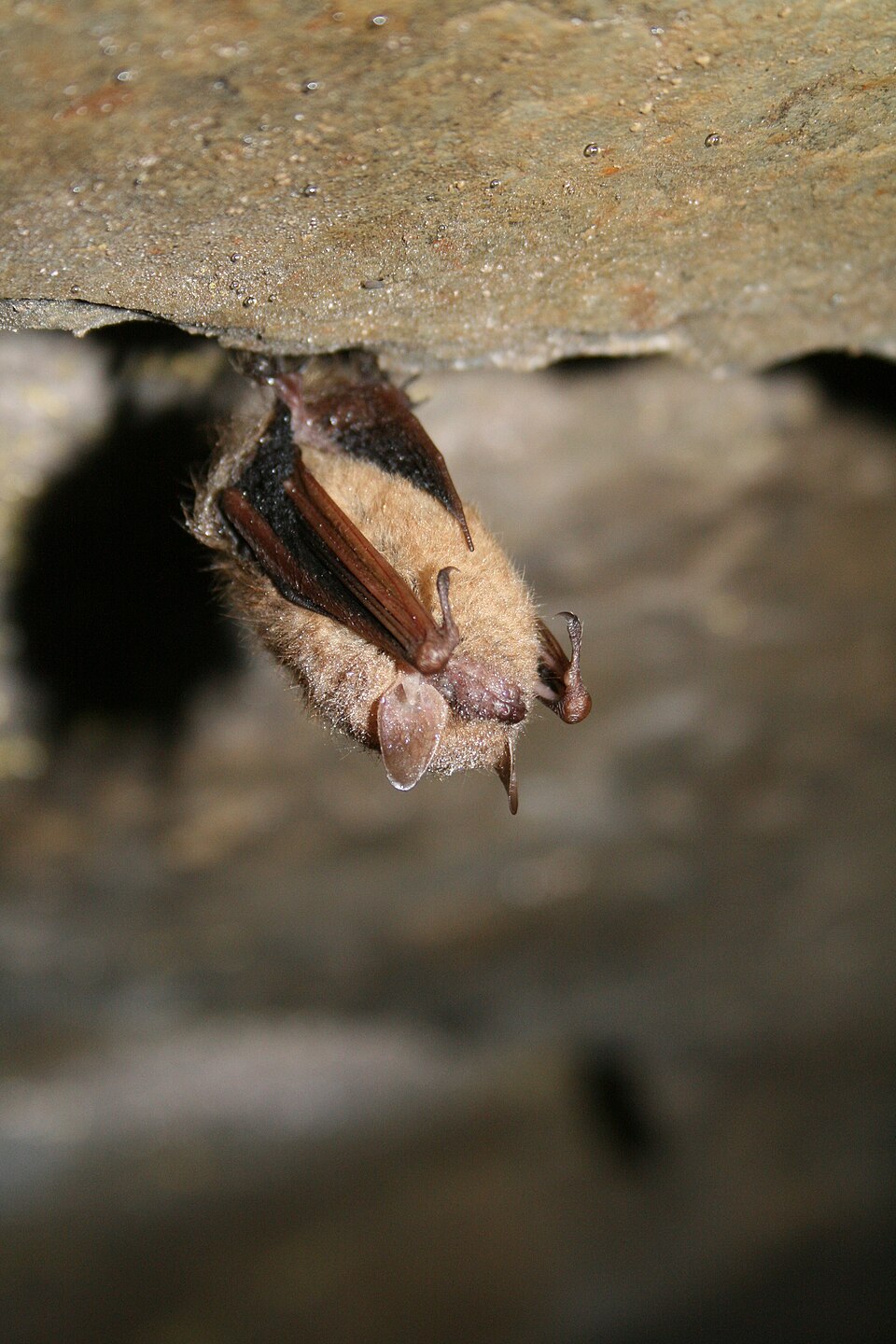 Tri-colored Bat(Perimyotis subflavus)State Endangered
Tri-colored Bat(Perimyotis subflavus)State Endangered -
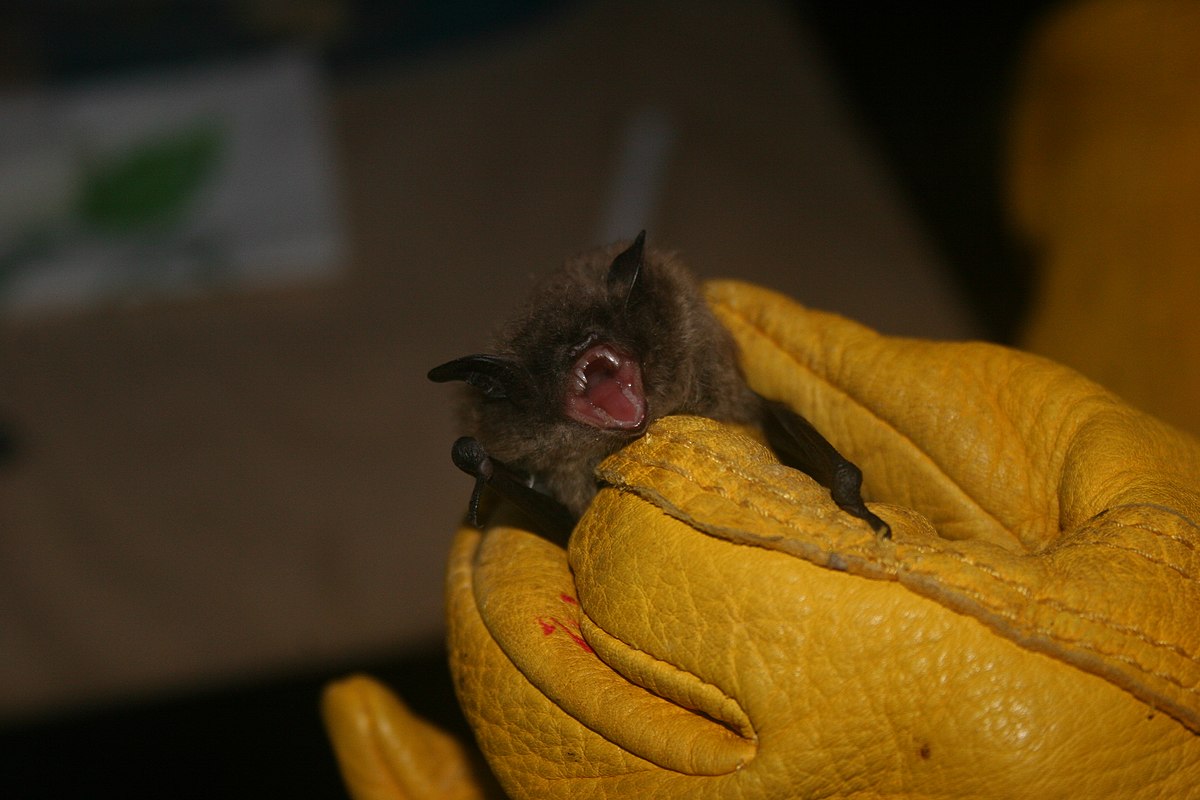 Northern Long-eared Bat(Myotis septentrionalis)Federally and State Endangered
Northern Long-eared Bat(Myotis septentrionalis)Federally and State Endangered -
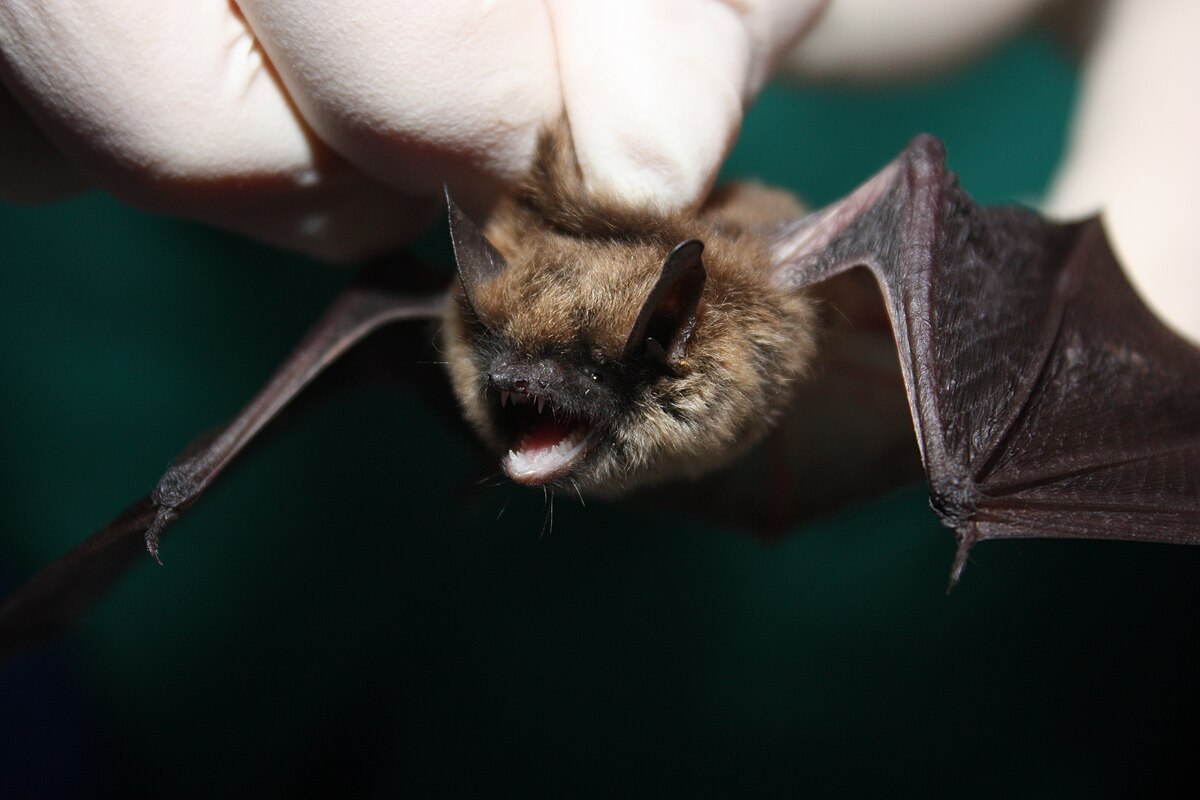 Eastern Small-footed Bat(Myotis leibii)State Threatened
Eastern Small-footed Bat(Myotis leibii)State Threatened
The little brown and big brown bat also are known as house bats because they are often found roosting in buildings during the summer.
Migratory bats migrate south to warmer climates for the winter and roost in trees during the summer. In Vermont during the summer, we have records of:
-
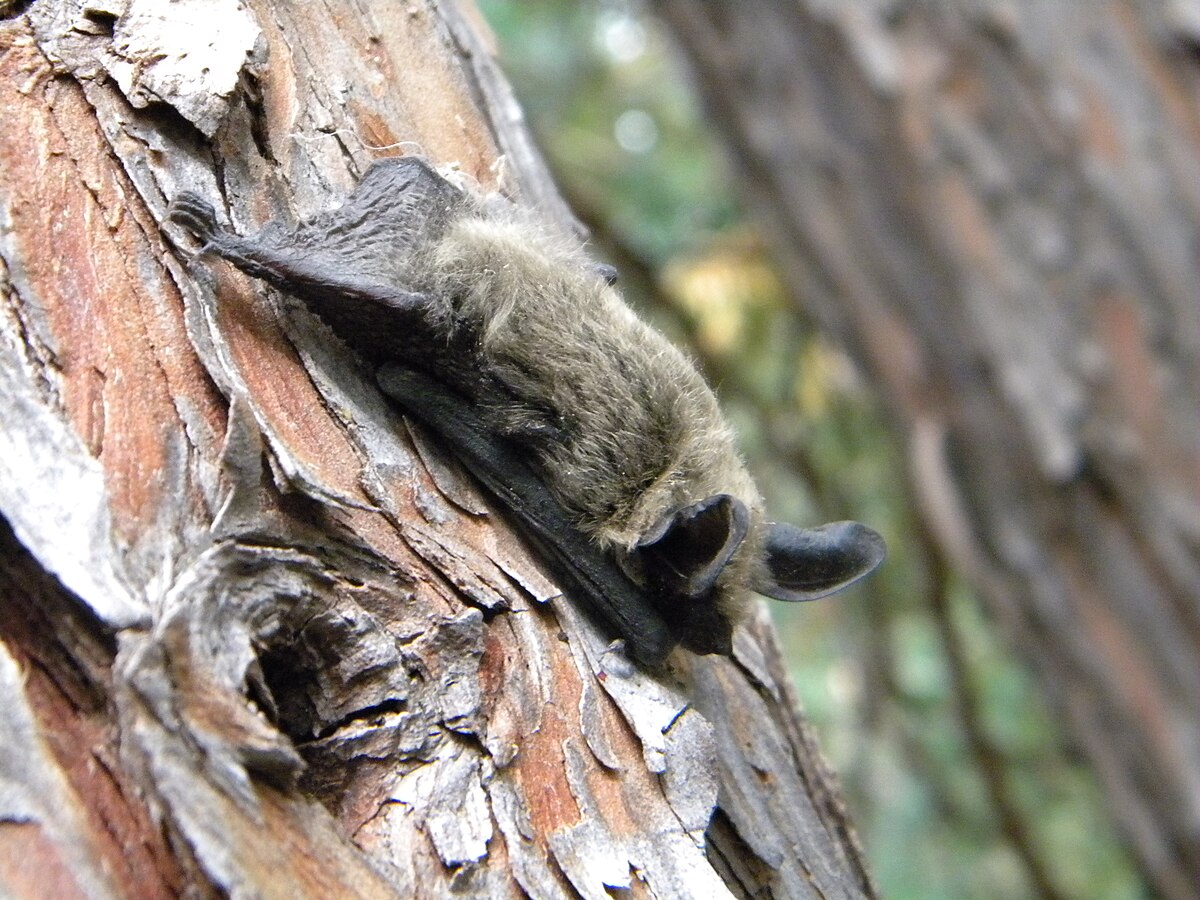 Silver-haired Bat(Lasionycteris noctivagans)Not Threatened
Silver-haired Bat(Lasionycteris noctivagans)Not Threatened -
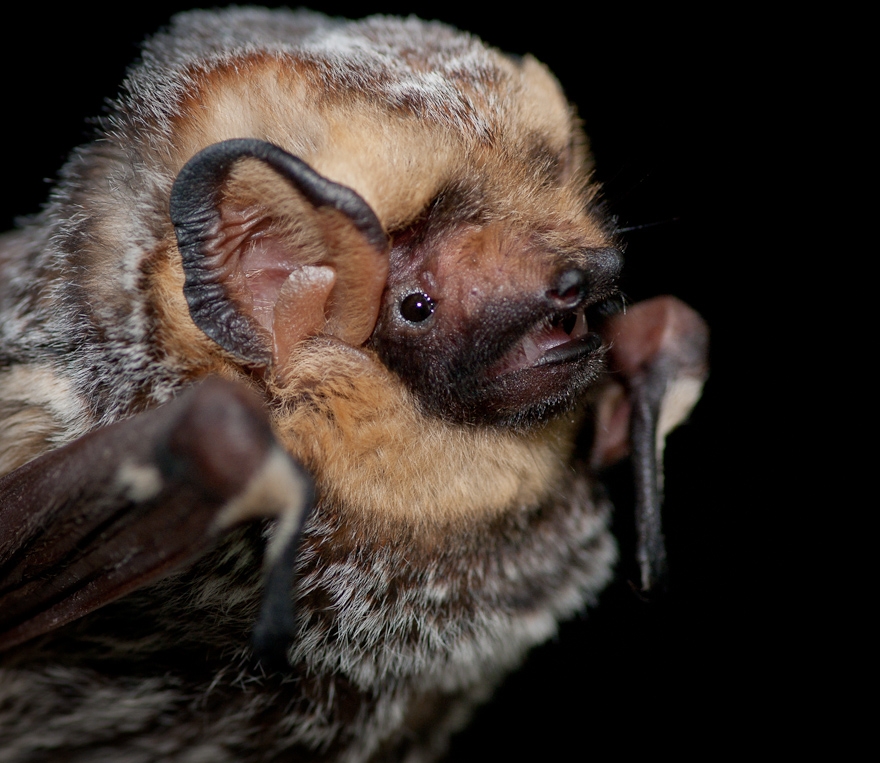 Hoary Bat(Lasiurus cinereus)Not Threatened
Hoary Bat(Lasiurus cinereus)Not Threatened -
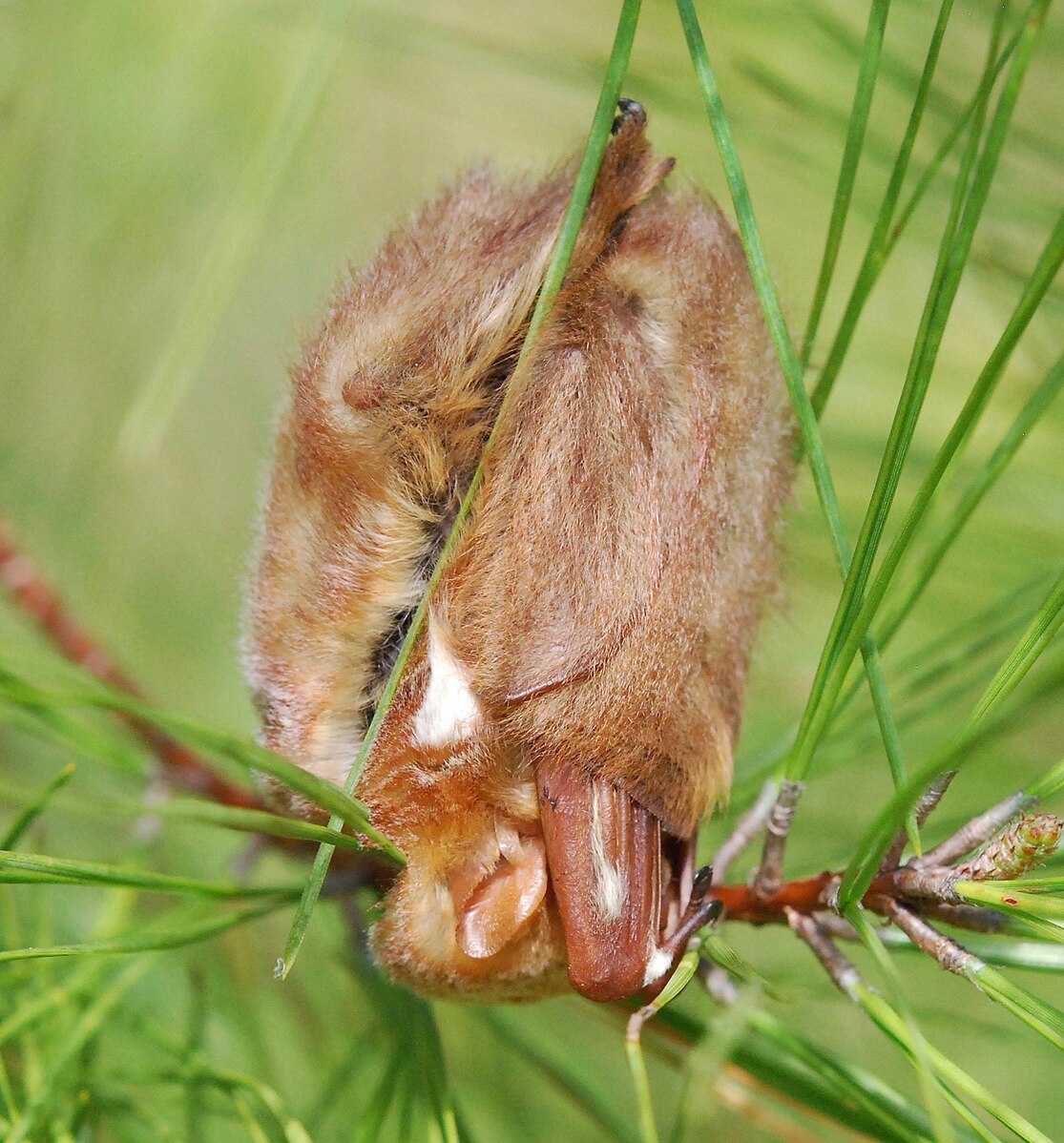 Eastern Red Bat(Lasiurus borealis)State Endangered
Eastern Red Bat(Lasiurus borealis)State Endangered
White-nose Syndrome (WNS) is a newly identified fungal disease that causes hibernating bats to arouse too frequently over the winter, resulting in the rapid depletion of stored body fat and often death. The disease was first documented in New York in 2006 and soon spread to Vermont. By 2012, WNS was found in 16 states and four Canadian provinces and the death toll from this disease had already resulted in the loss of an estimated 5.7 to 6.7 million bats. As of March, 2016 the disease is now in 27 states and five Canadian provinces and continues to spread each winter. This disease has affected all six of Vermont’s cave bat species.
In Vermont, populations of cave bats have declined dramatically since the disease was first observed in the state. In particular, populations of Vermont’s two most common bat species, the little brown bat and the northern long-eared bat have declined over 90 percent.
A hibernating bat can be disturbed by noises, light, and even body heat of a passing caver. If a hibernating bat is disturbed, it can take upwards of 10 minutes for the bat to become mobile, so a passing cave visitor may not notice the effects of their disturbance immediately and a bat knocked off the wall would fall to the ground before being able to take flight. A little brown bat typically burns through 4-5% of its stored body fat during each arousal from hibernation and may have just enough fat to make it through the winter without additional disturbance.
There are about 40 known major sites where bats overwinter in Vermont, and there are likely many minor sites with only a few individuals. Entering any sites in the winter that contain threatened or endangered bats is considered a “take” under Vermont Endangered Species law and could result in fines up to $2,000 per bat. A “take” of federally listed species can result in even greater fines.
Some of Vermont’s significant bat hibernacula have been gated to protect the bats from disturbance including Aeolus Cave, Nickwackett Cave, Plymouth Cave, Bridgewater Mine, and Greeley Mine. Surveys demonstrate that gated caves/mines show greater bat population increases than ungated sites, likely due to the added protection from human and/or predator disturbance.
Due to the drastic declines in bat numbers, all caves or mines that harbor bats during the winter should be avoided from October 1 thru May 1. Hibernating bats are most concentrated and vulnerable during this time, and disturbance could be fatal.
Decontamination: The fungus that causes White-nose Syndrome, Pseudogymnoascus destructans, can survive in dirt on clothing, footwear, and equipment. It is possible that, under some circumstances, transmission of dirt from infected to uninfected sites could also spread the fungus. The VCA and the NSS recommend that effective decontamination procedures be used to reduce any risk of transmission of the fungus to other bats and/or habitats. The latest decontamination protocols can be found at www.whitenosesyndrome.org